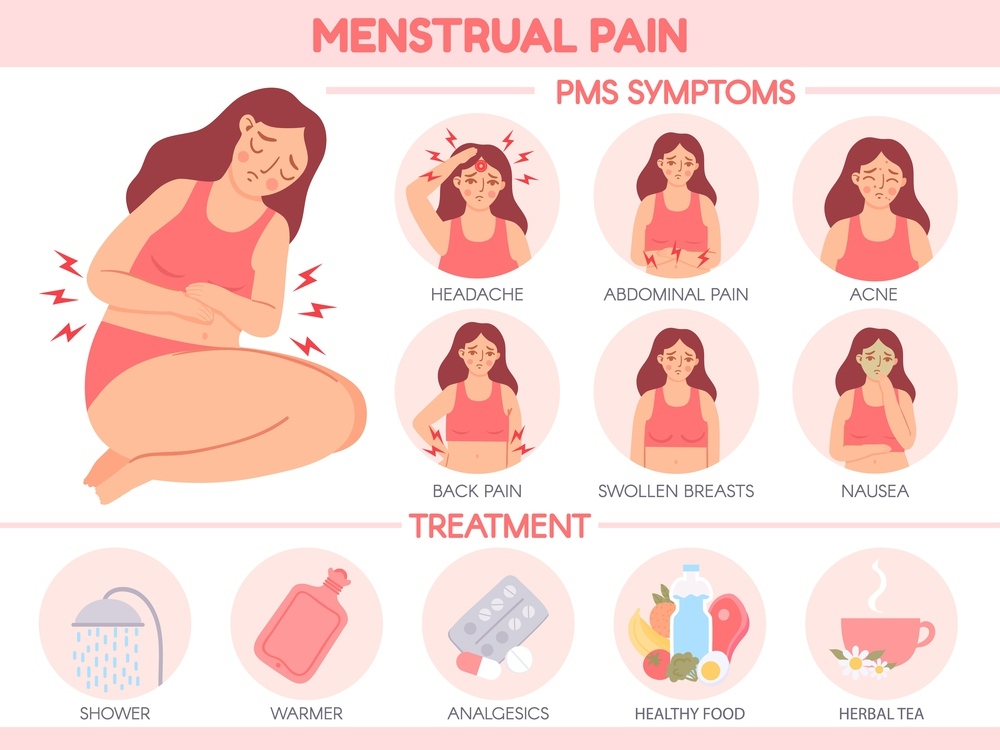Postpartum Insufficient Lactation
Postpartum insufficient lactation refers to the condition where there is a lack or absence of breast milk after childbirth, which cannot meet the breastfeeding needs. It often occurs within a few days to half a month after childbirth and can also occur throughout the lactation period. The incidence rate of postpartum insufficient lactation is about 20% to 30% and is gradually increasing.
Traditional Chinese medicine has a rich and comprehensive understanding of this condition. As early as the Sui Dynasty, the book "Various Diseases and Their Manifestations" mentioned "postpartum lack of milk symptoms" and first proposed that lack of body fluids and insufficient blood flow can lead to insufficient milk production. The book "Essential Prescriptions Worth a Thousand Gold" lists "Twenty-One Recipes for Treating Lack of Milk in Women," which includes several medications still used in clinical practice today, such as Tongcao, Loulu, Gualugeng, as well as pig's trotters, and carp, which are known to promote lactation. The book "Three Causes and One Disease and Syndrome Prescription Theory" divides this condition into two categories: deficiency and excess. "There are two types of lactation failure in postpartum women: one is due to excessive qi and blood stagnation, resulting in no lactation; the other is due to deficient blood and weak qi, resulting in insufficient and poor-quality milk. Deficiency should be supplemented, and excess should be alleviated." This guiding principle still plays an important role in clinical practice.
The diagnosis of this condition is relatively simple. Patients often experience a lack of breast fullness or have no sensation of breast fullness, and there is a small amount or absence of breast milk when they start breastfeeding within a few days to half a month after childbirth. It can also occur in women who had normal breastfeeding initially but later experienced a decrease in milk production or no milk at all. The breasts may or may not have any discomfort, but they may feel swollen and painful or have lumps.
Cause and Pathogenesis
There are two common causes and pathogenesis for insufficient lactation. One is that the patient's constitution is weak in qi and blood, and the loss of blood and qi during childbirth or weak spleen and stomach function leads to insufficient production of milk. This type of lactation deficiency is easy to understand, so people have the experience of supplementing the mother with soup and high-protein, high-nutrition food to achieve a nourishing effect.
There is another type of lactation deficiency that is less known and easily overlooked, which is the liver depression and qi stagnation type. Patients often experience postpartum depression, liver constraint, and poor circulation of qi, which leads to obstruction of the milk ducts and poor milk flow, resulting in lactation deficiency. This situation is not due to insufficient milk production but rather the milk cannot be discharged smoothly. This type of case is not uncommon in clinical practice and is on the rise. With improved living conditions, cases of lactation deficiency caused by weakness are less common. Many patients have a thick greasy tongue coating and no obvious signs of deficiency in their pulses. They often complain, "Yesterday I tried the pangolin, today the king doesn't stay. I have pig trotter soup in the morning and carp soup in the evening. My breasts feel particularly swollen, but the milk just won't flow." In this case, blindly supplementing can have the opposite effect, causing even more breast pain but no increase in milk production. This type belongs to excess syndrome.
Therefore, when diagnosing lactation deficiency, it is important to differentiate between deficiency and excess. Breast milk is derived from blood and relies on qi to circulate and control it. The presence, amount, and discharge of breast milk are closely related to qi and blood. Lactation deficiency can be true deficiency if there is a lack of milk production due to weak qi and blood, or it can be false deficiency if there is sufficient milk production but the milk cannot be discharged due to obstruction of the milk ducts. In the clinical diagnosis process, it is important to first inquire about the medical history. Patients with deficiency syndrome often have a history of excessive blood loss during childbirth, while patients with excess syndrome often have factors such as emotional upset. Patients with deficiency syndrome usually have soft breasts and clear and thin milk, while patients with excess syndrome have swollen and hard breasts with thick and sticky milk.
In addition, there is another type of lactation deficiency that is less recognized, which is the blockage of milk ducts by clothing fibers, leading to poor milk flow and lactation deficiency. The main reason for this is the lack of attention to the quality of bras and clothing during pregnancy or lactation, as well as the cleanliness of the nipples. The small fibers from clothing can block the milk ducts, causing poor milk flow and lactation deficiency. In a study conducted abroad on a group of lactating women with lactation deficiency, it was found that more than 80% of them had synthetic fiber or wool fibers in their breast milk. When taking the medical history of recurrent lactation deficiency, attention should be paid to this aspect.
Treatment based on pattern differentiation
Since there is a difference between deficiency and excess in postpartum lactation deficiency, treatment should not blindly focus on promoting lactation, but should incorporate tonifying and promoting techniques to achieve good results. For the deficiency pattern, the focus is on tonifying qi and nourishing blood, while for the liver depression and qi stagnation pattern, the focus is on soothing and promoting the flow of qi. Regardless of the pattern, promoting lactation should be included.
Deficiency of qi and blood pattern: It is characterized by insufficient or absent breast milk during breastfeeding after childbirth. The breasts are soft without a sense of fullness, and the milk is scanty and thin. It is often accompanied by symptoms of qi and blood deficiency, such as dull complexion, fatigue, reduced appetite, pale or swollen tongue, thin white coating, and weak pulse.
Treatment: Tonify qi and nourish blood, supplemented with lactation-promoting herbs. Prescription: Modified Tongru Dan (from "Fu Qing Zhu's Gynecology"). The prescription includes ginseng and astragalus to tonify the primordial qi, angelica and Ophiopogon to nourish blood and fluids, pig's trotters and Tongcao to tonify blood, promote circulation, and stimulate lactation, and platycodon to guide the herbs upwards. This prescription works to tonify qi and nourish blood, increase fluids, and promote lactation, allowing qi and blood to be abundant and milk production to occur naturally.
Liver depression and qi stagnation pattern: It is characterized by inadequate breast milk production or difficulty in milk flow.
To be continued...








